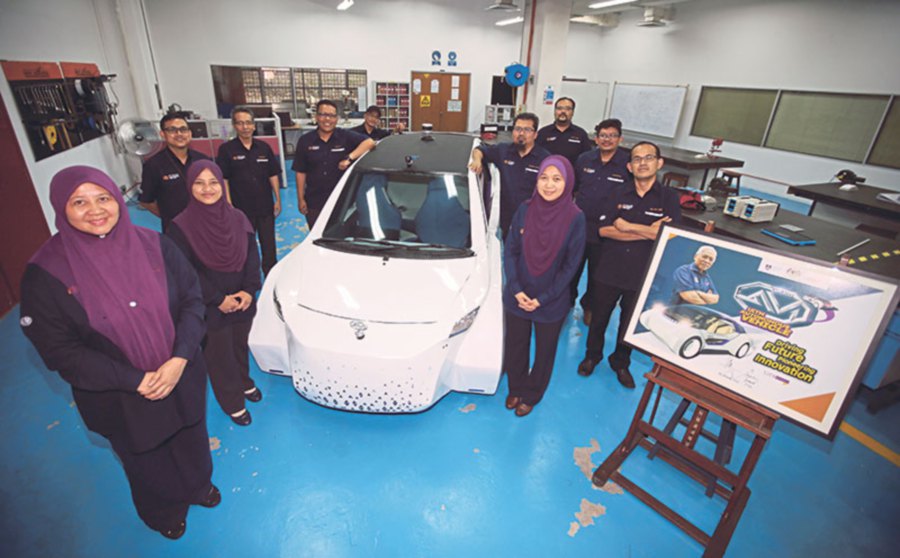THE idea of a driverless car is very compelling.
Imagine sitting in a self-driving car, having morning coffee or going through the day’s email while breezing through traffic and arriving at the destination, all calm and cool without feeling frazzled. Or truly enjoying the view on a long distance journey without having to worry about being too tired to drive.
The autonomous vehicle is not a new concept but with the advancement of technology in the age of the Industrial Revolution 4.0 (IR 4.0), it is a reality that the global automotive industry is striving towards — electric vehicles proficient in navigating roads with minimal human intervention that opens up a multitude of possibilities in terms of usage.
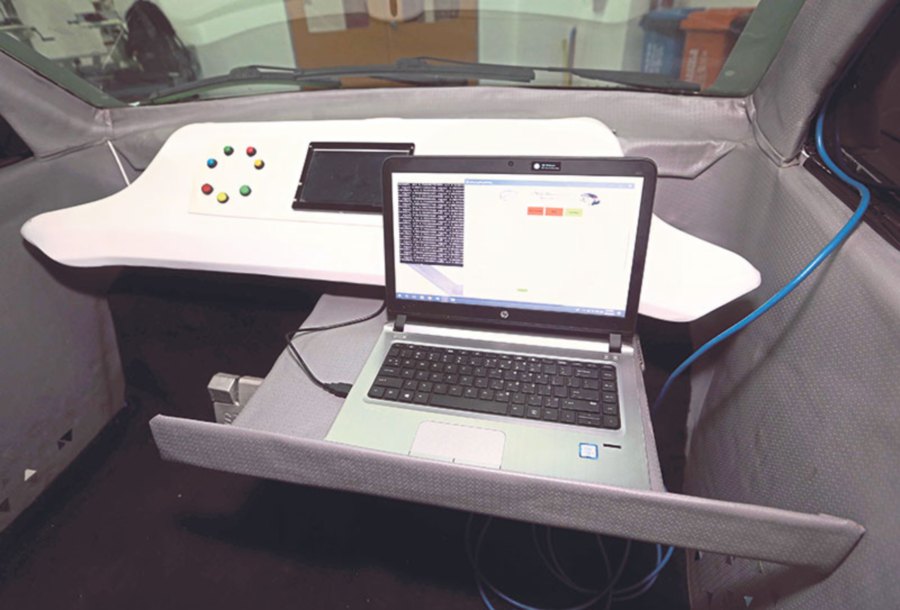
On the homefront, a group of researchers from Universiti Teknology MARA (UiTM) recently unveiled the nation’s first autonomous vehicle.
One hundred per cent locally developed from scratch, the UiTM AV1, which stands for Urban intelligenT Mobile Autonomous Vehicle 1, showcases the expertise and talent from four faculties at the university, namely Faculty of Electrical Engineering, Faculty of Mechanical Engineering, Faculty of Arts and Design, and Faculty of Computer and Mathematical Sciences.
Headed by Dr Juliana Johari, Faculty of Electrical Engineering deputy dean of research and innovation, the team demonstrated at the enclosed area of UiTM Dengkil campus the capabilities of UiTM AV1 in the presence of Higher Education Minister Datuk Seri Idris Jusoh.

The capabilities include detection (lane, pedestrian and vehicle); lane watch and smart sensing; short to medium range object sensing using lasers; Simultaneous Localisation and Mapping for path planning and navigation; and autonomous steering, throttle and braking control.
KICKING OFF THE PROJECT
The proposal to build an autonomous vehicle was presented to the Ministry of Higher Education (MOHE) Malaysia in November 2017.
Acknowledging that the proposal was very much in line with the nation’s vision to become a leader in IR 4.0, MOHE approved RM680,000 under the TR@M (Translational Research at MOHE 2.0) grant for a period of one year.
“We were given KPIs (key performance indicators) to achieve within that time. The first was to build a working autonomous vehicle in under three months. The second was to have an autonomous car that can move at a speed of 80 kilometres per hour for a distance of 200km come November,” said Juliana.
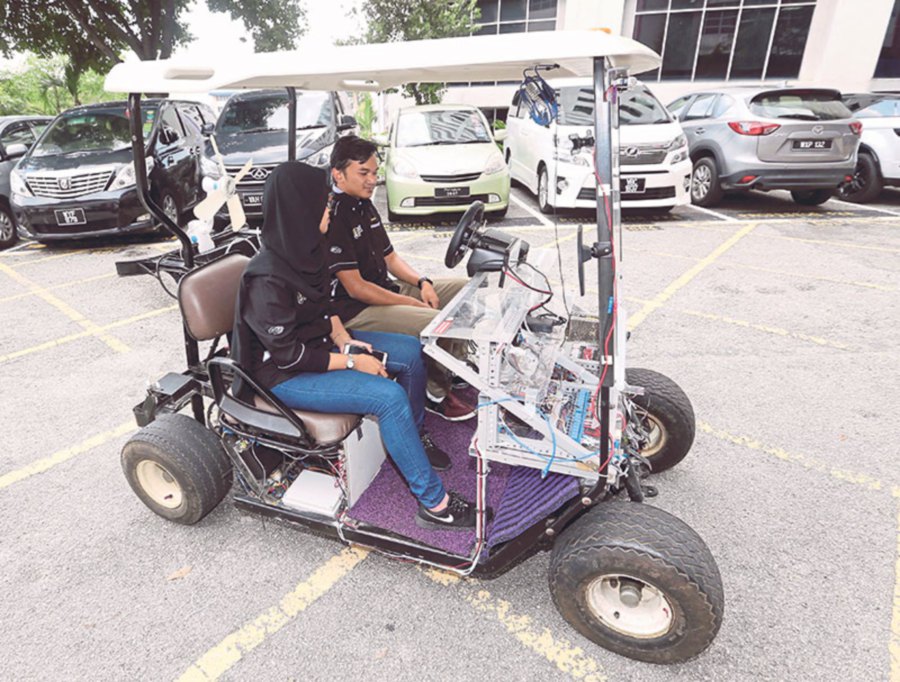
The initiative was divided into eight sub-projects with 15 researchers/lecturers heading each, supported by students, and work started simultaneously with weekly meetings to make sure that everyone was on the same page.
“We built two prototypes: UiTM AV0 and UiTM AV1. The AVO is a buggy embedded with intelligent systems to test the navigation system, which we later duplicated in AV1. The team from the Faculty of Arts and Design worked on fabricating the look of AV1 straightaway due to the time constraint,” she added.
Faculty of Mechanical Engineering senior lecturer and Automotive Research and Testing Centre head Dr Amir Radzi Ab. Ghani said his team looked at automating the human input in the driving process.
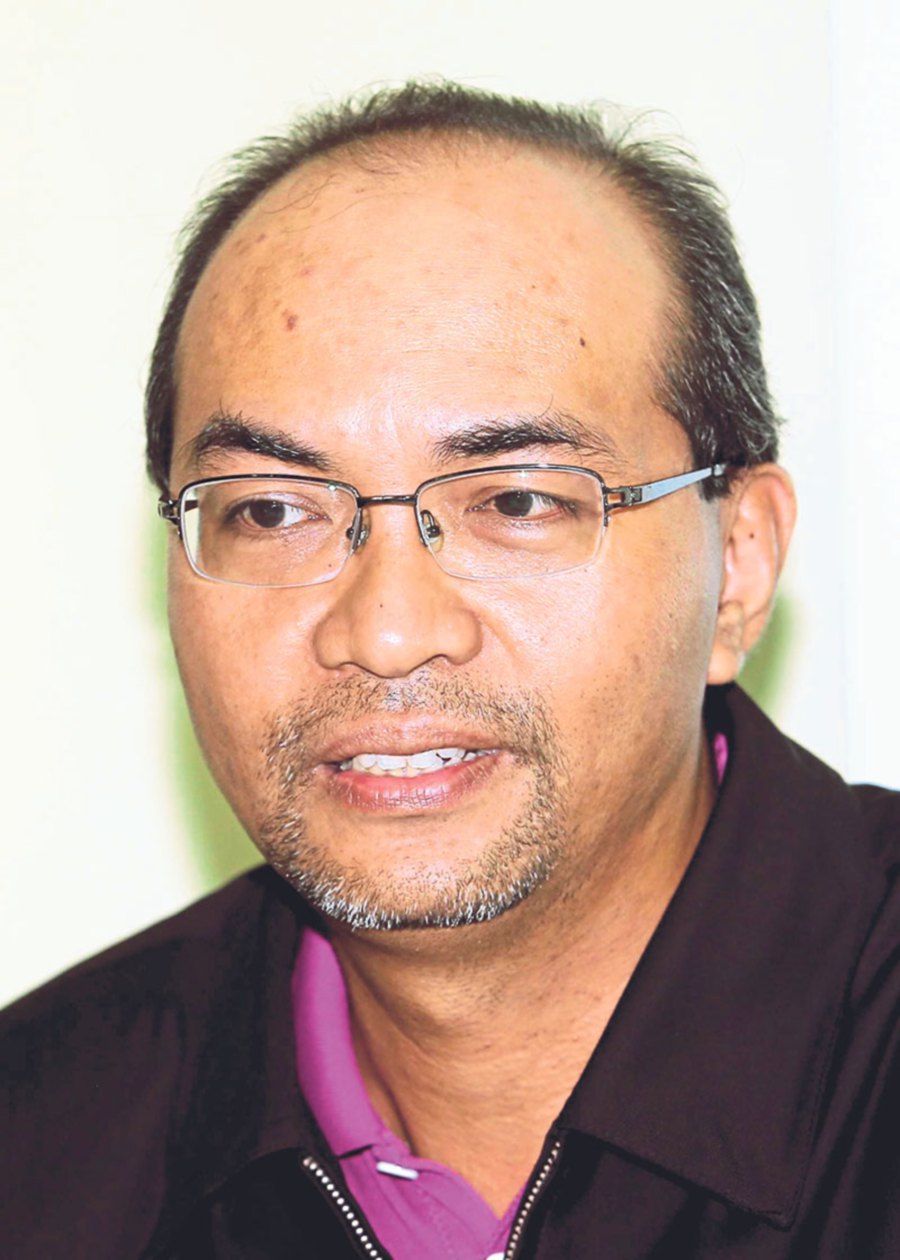
“Whatever that requires human input, we authorise the system and automate it. For example, instead of our hands controlling the steering, the team members have to set up the system and link the mechanism that controls the steering to the braking system and the throttle.
“We also worked closely with the team from the Faculty of Computer and Mathematical Sciences which came up with the algorithm to make the car more intelligent — able to recognise the threat of people passing by — to safeguard it,” he said.
Faculty of Electrical Engineering senior lecturer and engineer Dr Ahmad Ihsan Mohd Yassin and his team took charge of the vision system.

“The vision system helps the vehicle identify the lane. When humans drive, they see the lane. We applied the same intelligence to the computer. And we did this using deep learning, a very new paradigm in artificial intelligence. Ultrasonic sensors detect obstacles around the car so that we don’t have any accidents.
“The autonomous vehicle is also guided by GPS,” he said.
The Faculty of Arts and Design team in charge of the physical interior and exterior of the car took inspiration from iconic Malaysian archipelagic objects such as the KLCC architecture, the wau (kite) and keris (dagger).
The hexagonal shape abundant in Islamic geometric designs became the primary basis for bodywork and logo.
UiTM AV1 carries a maximum of four passengers. Its maximum speed is at 25 kilometres per hour,
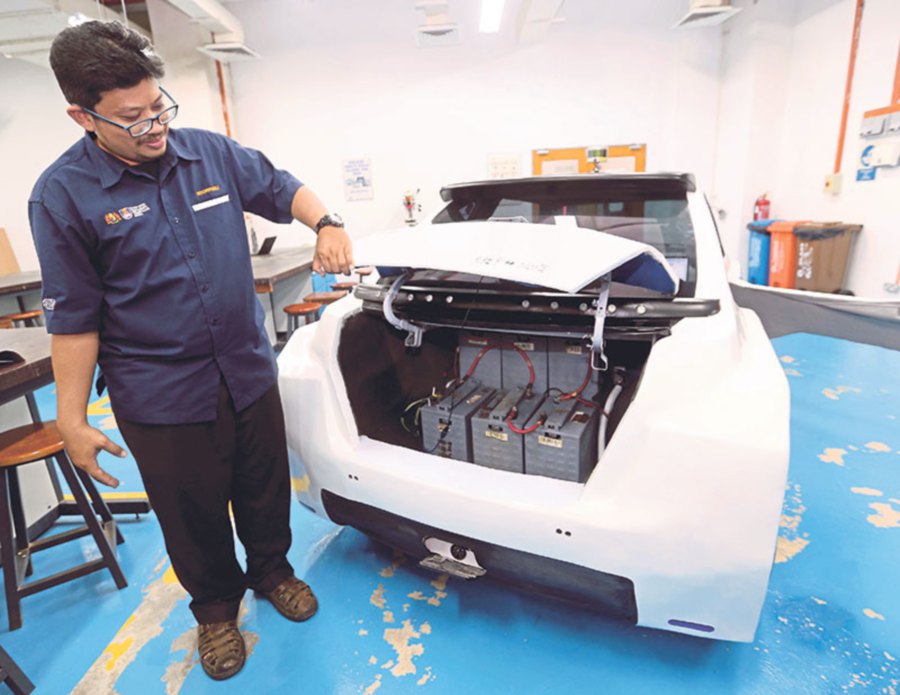
“The two front seats can be rotated and adjusted to the front and rear to provide more space if required. There is a dashboard or tablet for face recognition — a safety feature — before the car can be started,” said Faculty of Electrical Engineering lecturer Noorfadzli Abdul Razak.
NEXT
Based on the concept of autonomy levels originally published by the Society of Automotive Engineers (SAE) International, UiTM AV1 is at level 2.
In level 2, at least one driver assistance system of “both steering and acceleration/ deceleration using information about the driving environment” is automated, such as cruise control and lane-centring. It means that the “driver is disengaged from physically operating the vehicle by having his or her hands off the steering wheel and foot off pedal at the same time”. However, according to the SAE, the driver must still always be ready to take control of the vehicle.
Dr Fadhlan Hafizhelmi Kamaru Zaman, chief engineer of UiTM’s autonomous vehicle project, said: “For our next autonomous vehicle, we are looking at coming up with a bigger car — perhaps an eight seater with Level 4 autonomy level.”

Level 4 vehicles are “designed to perform all safety-critical driving functions and monitor roadway conditions for an entire trip”. However, it does not cover every driving scenario. SAE has six autonomy levels.
Fadhlan Hafizhelmi said what’s next on the cards are several improvements: communication between intelligent AVs (IoT) for smart inter-vehicle awareness; traffic and signage detection and identification for traffic rule understanding; collision avoidance for better safety; and lithium ion battery for better operational duration.

For the project to move forward, Juliana said the authorities need to legalise testing and commissioning of autonomous vehicles on public roads in the country. “MOHE is already in talks with the Ministry of Transportation regarding this.”
UiTM wants to contribute opinions to policy-makers and work on continuous research and development to achieve level 5 automation.
“In respect of higher education, we should comprehensively embed such projects into the curriculum to produce future IR4.0-relevant workforce talented in autonomous vehicles. There should also be local and international collaborations as well as establishments of research centres, test sites and Centre of Excellence for autonomous vehicle research.”


